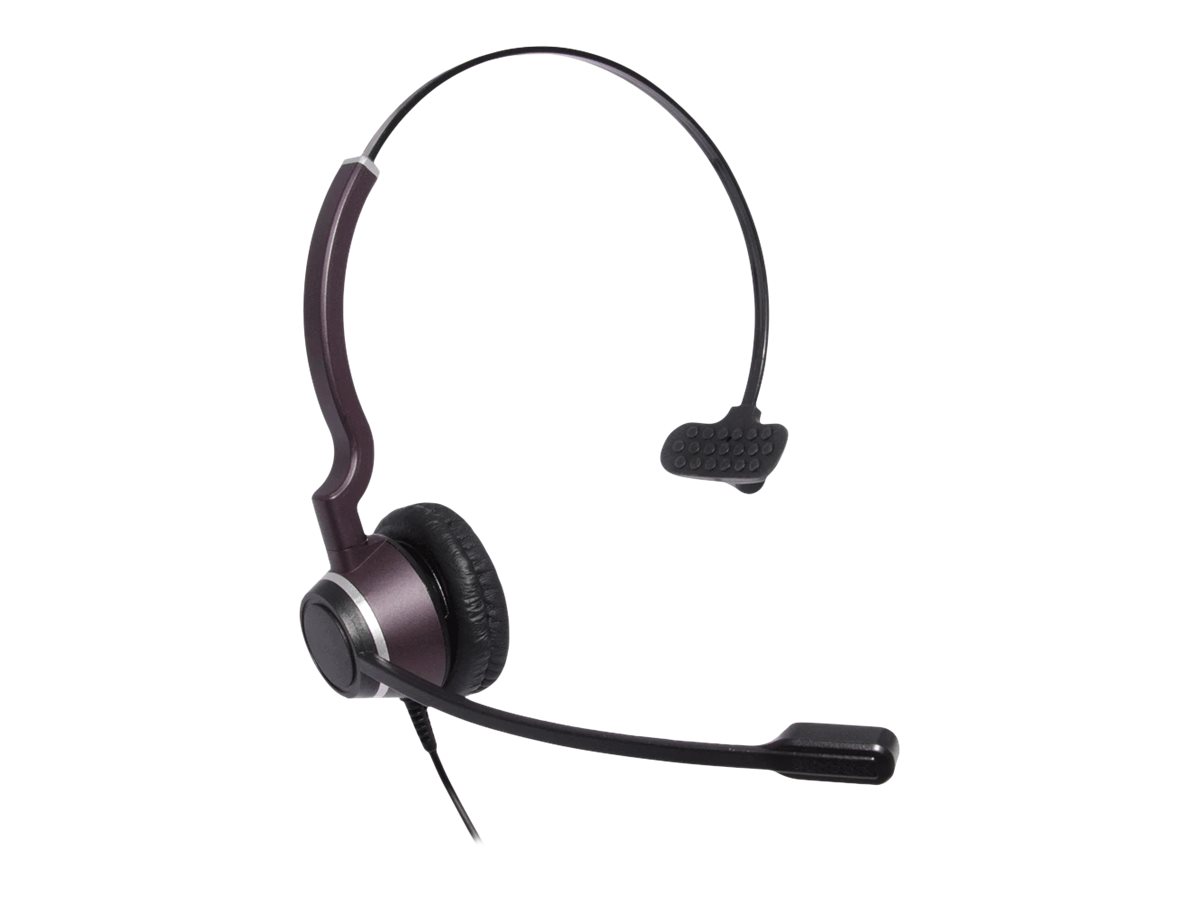The sound quality can be affected by many factors. When it comes to frequency range, the wider it is, the more detail you will hear when listening. However, the range a person can perceive is highly individual. The average person is able to perceive frequencies in the range of 16 to 20 000 Hz. So the most common frequency range you will see on the market is 20 to 20,000 Hz. Lower frequencies up to approximately 256 Hz are considered bass frequencies. Therefore, the lower the bottom value is, the better the headphones will reproduce bass. Conversely, values from approximately 2 048 Hz upwards are treble. That is why headphones with a high upper value will provide a much more accurate reproduction of high notes. JPL Telecom JPL-HAC-1 offers a frequency range of 100 - 6800 Hz. The sensitivity parameter determines how sensitively the headphones can receive the signal from the source. The higher the sensitivity value, the louder the headphones will be able to play with less power consumption. In general, a higher listening volume also means a higher power load for the connected device. So if you're buying headphones to listen to music from your mobile phone, for example, this is relevant to think about as you don't want to drain your phone's battery too much. Lower values around 85 dB are more suitable for listening in more quiet environments (for example, at home or in the office). Medium values of around 90 dB can provide good listening quality in noisier environments (for example, on public transport or in cafés). Headphones with high sensitivity values of around 100 dB or more are designed for really noisy environments, such as concerts. The JPL Telecom JPL-HAC-1 has 93 dB +/- 3dB.
The device connected to the headphones also plays a role most times. The lower impedance value (approximately 100 to 150 Ohms) is suitable for playback from mobile phones, laptops or other portable players that do not have a powerful enough amplifier. The lower impedance will ensure that the required volume level is achieved with less power, thus extending the life of the player. However, at the same time, with lower impedance, there is more distortion of the sound. Headphones with a higher impedance of around 250 Ohms and above are then more suitable for playback from really powerful signal sources or using a headphone amplifier, otherwise the sound coming out of them might not be loud enough. At the same time, higher-impedance headphones will also ensure less distortion in the sound. In the case of these headphones, the impedance reaches the 150 Ohm value.
An important part of these headphones is the diaphragm, which, simply put, converts the electrical signal into a sound. The thin diaphragm that is around 6 mm thick can react quickly to changes in the audio signal and improves high-frequency listening. However, it is less sensitive to bass. The medium-thick diaphragm of around 10 mm provides a fairly balanced sound profile, allowing you to enjoy both bass and treble. A thicker diaphragm of around 20 mm cannot react so quickly to changes in the sound signal, thus impairing bass listening. However, it is more sensitive to higher frequencies. This model features the 50 mm. Total Harmonic Distortion of these headphones is Audio Output | Total Harmonic Distortion. The value quoted by the manufacturer is usually the average distortion over all reproducible frequency bands. This is not a crucial parameter to decide on when making a decision, but on the other hand, keep in mind that higher harmonic distortion can negatively affect sound quality.
Show more
